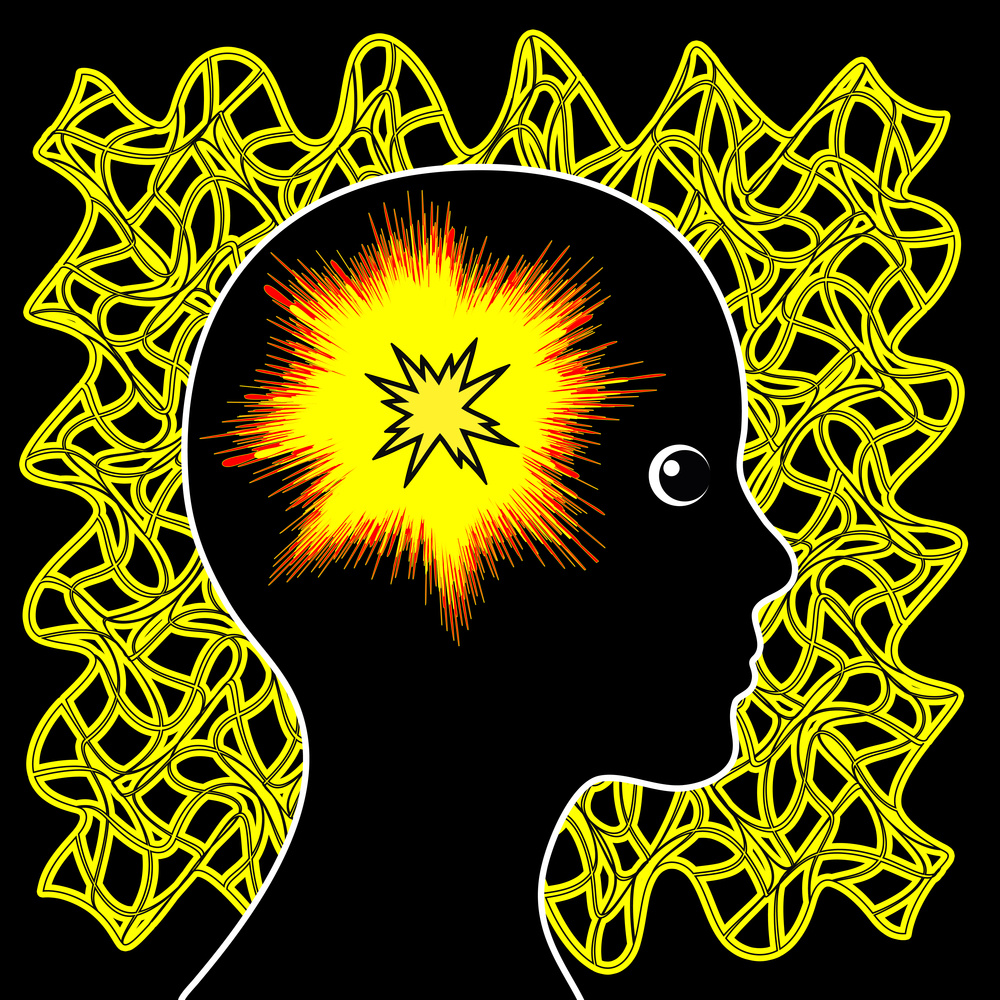Seizures are often associated with epilepsy, but there are a number of non-epileptic triggers of a seizure as well such as stress, certain medications and alcohol withdrawal. Seizures are actually the result of a sudden surge of electrical energy in the brain, and while they can look violent, they are usually not dangerous for the most part.
However, there are a number of ways to help someone who is experiencing a seizure, and knowing how to intervene (or not to) is good knowledge to have. While many seizures involve bodily convulsions, some do not. Here are six ways to lend a helping hand if possible…
1. Stay Calm
WebMD said the first step is to remain calm, as the person’s seizure usually will only last a minute or so (this is tough do in some cases, especially if you’re not sure what’s happening). Losing your composure can make the situation worse, and panicking may make it more difficult to assist the person.
The source notes to try timing the seizure—if it lasts for 3-minutes or longer, you should call 911. If the seizure victim is pregnant, emergency services should be contacted during any length of seizure, adds the source.
2. Don’t Try to Put Things in Their Mouth
A common misconception about seizures is that the victim may swallow their tongue. The Epilepsy Foundation debunks this: “You can’t swallow your tongue during a seizure. It’s physically impossible.” With that in mind, you shouldn’t try to stop someone from choking on it.
This means you shouldn’t force any foreign objects into the victim’s mouth, even if you’re convinced they’re swallowing their tongue. This can result in the victim injuring himself or herself. Trying to put your fingers into their mouth is a good way to get yourself injured as well.
3. Reduce Injury Risk
Some seizures can be violent, and the people may lose control and thrash around, potentially injuring themselves in the process. These types of seizures are called tonic-clonic or grand mal seizures, and should be handled with care— that means not grabbing them and attempting to keep them steady, unless they’re in a dangerous place where they could take a tumble.
With these types of seizures, you should carefully guide the person to the floor and gently roll them on their side to help them breathe more easily. Make sure there are no solid or sharp objects immediately surrounding the patient, as they could strike them. Put something soft under their head and remove eyeglasses, suggests the Centers for Disease Control and Prevention (CDC).
4. Clear their Airways After Seizure
While you shouldn’t stick your fingers or any other objects into the patient’s mouth as they could become a choking or injury hazard, the American Academy of Neurology says that once the episode has ended, you can use your finger to carefully clear away any vomit or saliva obstructing their airways.
If you weren’t able to place the person on their side during the seizure, this is a good time to do it, adds the source. It will help prevent any fluids from traveling down their throat. Don’t try to give them water until they are fully aware of where they are.
5. Reassure The Victim
Following the seizure, the patient can be upset, embarrassed or confused. This is why it’s important to stay with them until the episode is over and they’re figuring out what happened, notes the CDC. Sit the person down “in a safe place” and explain they had a seizure.
Try to remain calm during the explanation, and that others nearby remain calm as well, adds the source. Once they seem to be fully coherent and can move around on their own, help them get home by calling a taxi or by reaching their emergency contact if they have one.
6. Avoid Administering CPR
If the person seems unresponsive immediately following a seizure, don’t try to resuscitate them with CPR techniques. Sources notes they will start breathing on their own again shortly.
AboutKidsHealth.ca notes that children can stop breathing for up to 45 seconds during the “tonic” phase of a seizure, due to stiff chest muscles. It notes breathing will start again on its own (during the “clonic” phase), although it will be shallow at first. If the facial area becomes bluish, don’t panic; it’s the body pumping extra blood to vital organs.









